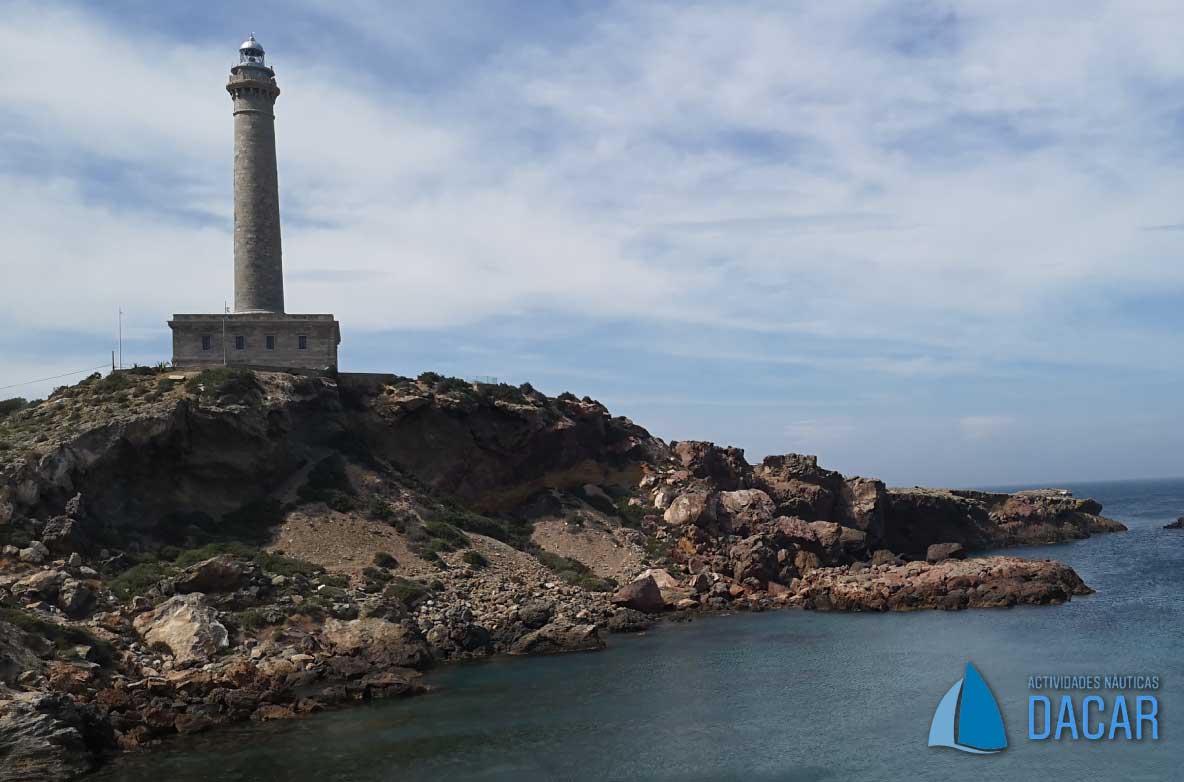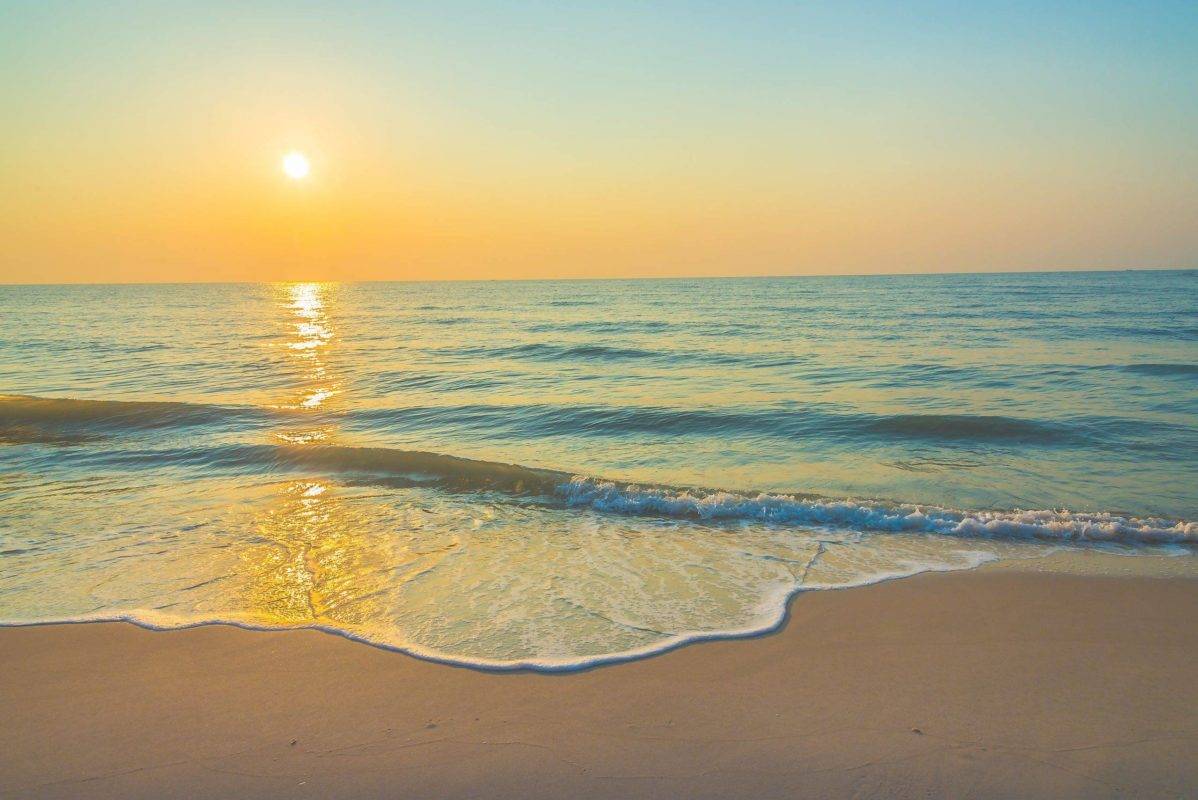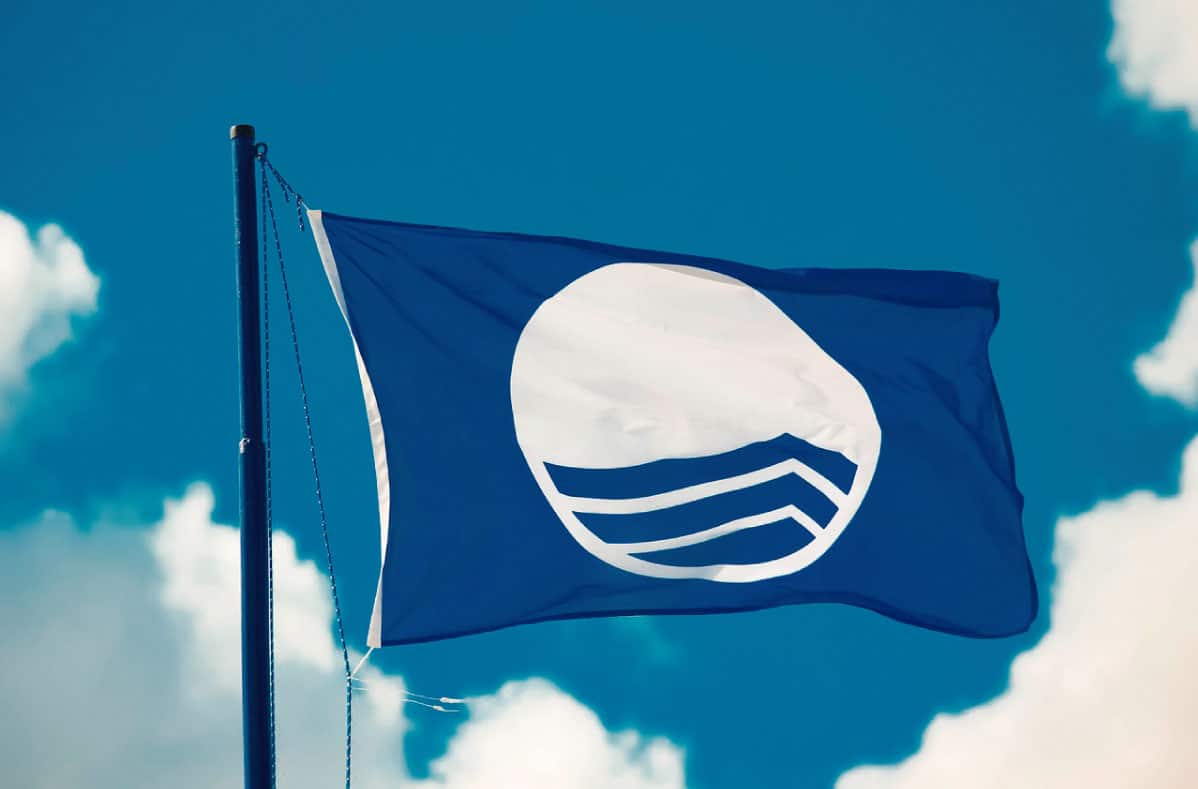Turtle Territory Region of Murcia: During the month of October last year 2020, 11 turtles born on the beach of Cala Arturo, in the Calblanque Regional Park, were released. These turtles were born in September 2019 and have spent a year in captivity gaining weight to increase their chances of survival. And it is that this type of sea turtle, the loggerhead turtle, is threatened. In recent years, their nesting attempts on the western Mediterranean coast have increased.
The beaches of the Region of Murcia witnessed two other nests in 2020, in addition to that of 2019. For this reason, it has been decided to establish the Region of Murcia as Turtle Territory. This type of turtles lay their eggs on the beaches in the months of June and September, coinciding with the greatest influx of people to the beaches of our Region. All the municipalities of the coastal towns together with social organizations work together to increase environmental awareness and raise awareness of the vulnerability of sea turtles. Females are very sensitive to disturbances when they go out to spawn at night, so if we know how to act in this situation, we will be a key player in the conservation of this species. If we find a turtle we must:

Avoid being seen, we must not dazzle it, we will maintain a safe distance of 20 meters, if we see a trail we will avoid stepping on it, and most importantly, we will notify 112. Baby turtles usually leave the nest at night or first thing in the morning . If we find one or more hatchlings, we will moisten them with water and keep them in a container without water. We must put them in the shade in a quiet place, call 112 and wait for the technicians to arrive. It is very important that we prevent them from becoming stressed. If we find the trace of the pups, we will not step on them, and we will try that no one does. We must not forget to look around us to make sure there are no lost calves.
As we have already mentioned, it is very important that we comply with all these tips to help the survival of that species. Of the released turtles that we have discussed above, all are found swimming free off the southeastern coast of the Iberian Peninsula. 6 of them have monitoring equipment to know their survival and movements. The information collected so far has shown that the dispersal of these animals is very diverse. Some of them remain in the waters of the southeast of Spain, although far from the coast. Others have moved to the coasts of Morocco. From DACAR, we are very proud that measures are taken to protect this endangered turtle and that, more and more, are deciding to use our beaches to lay their eggs due to their quality. Now it's everyone's responsibility to protect them!




